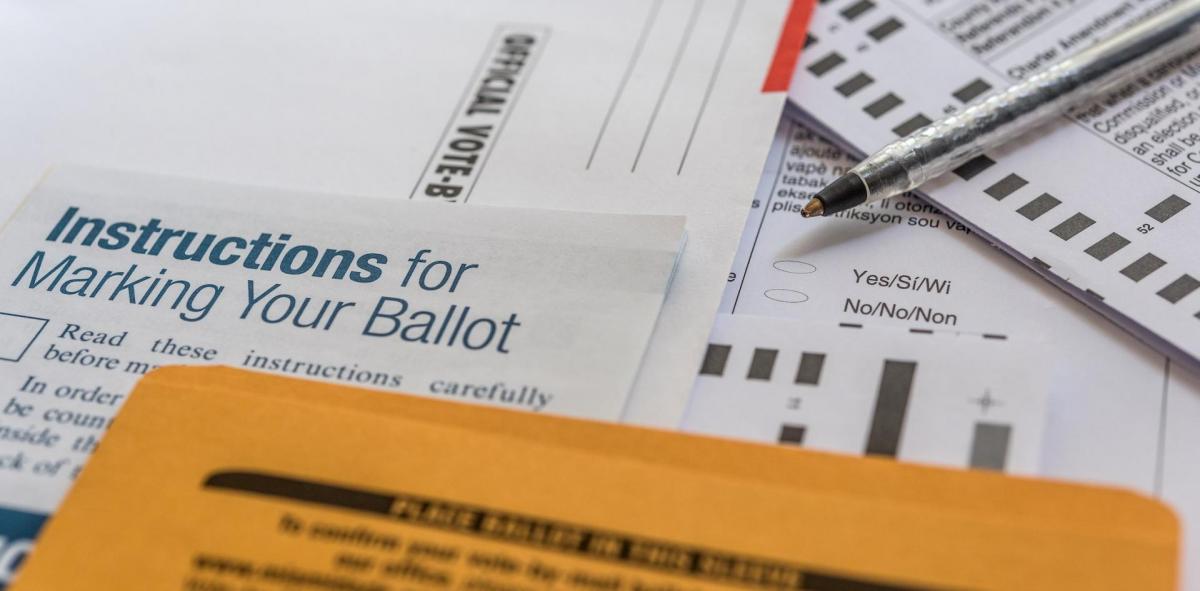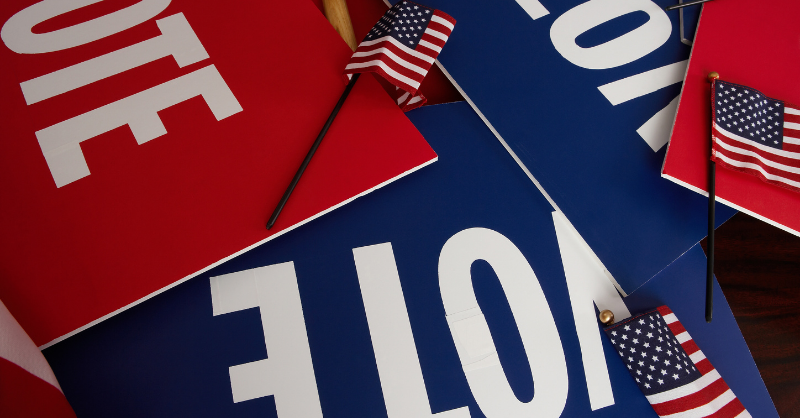Author: Ryan Byrne
-
Indiana joins Kansas, Kentucky, and Wyoming in enacting laws to restrict foreign contributions to ballot measure campaigns—the highest number passed in a single year

So far, during the 2025 legislative sessions, four states—Indiana, Kansas, Kentucky, and Wyoming—have enacted new laws restricting foreign contributions to ballot measure campaigns. With these additions, 13 now have laws prohibiting foreign nationals, governments, or other entities from contributing to ballot measure committees. The 13 states with such laws are California, Colorado, Indiana, Kansas, Kentucky,…
-
2025 marks record year as Kansas, Kentucky, and Wyoming join states with laws restricting foreign contributions to ballot measure campaigns

So far, during the 2025 legislative sessions, three states—Kansas, Kentucky, and Wyoming—have enacted new laws restricting foreign contributions to ballot measure campaigns. With these additions, 12 now have laws prohibiting foreign nationals, governments, or other entities from contributing to ballot measure committees. The 12 states with such laws are California, Colorado, Kansas, Kentucky, Maine, Maryland,…
-
Update on 2025 and 2026 ballot measure certifications: Five new measures in Georgia, Indiana, Idaho, and Kansas

The number of certified ballot measures for 2025 and 2026 is trending above the average as of April 1, 2025. For 2025, six statewide ballot measures have been certified in three states—Louisiana, Ohio, and Wisconsin. Six is one more than the average of five for this point in an odd-numbered-year election cycle since 2010. As…
-
Idaho will be first state to vote on English as official language ballot measure since 2010

The Idaho State Legislature voted on March 25, 2025, to place a constitutional amendment on the ballot that would make English the official language of the state. Voters will decide on the proposal at the general election on Nov. 3, 2026. Idaho will be the 12th state to vote on such a ballot measure. Currently, English…
-
Court strikes down Washington Initiative 2066, related to natural gas, as violating state’s single-subject rule; ruling will be appealed to state supreme court

Washington Initiative 2066, approved on Nov. 5, 2024, was struck down on March 21 as violating the state constitution’s single-subject rule. A single-subject rule is a state law that requires ballot initiatives to address a single subject, topic, or issue. Judge Sandra Widlan wrote, “… the body of the initiative is so broad and free…
-
First ranked-choice voting ballot measure of 2025 to be decided in Skokie, Illinois, on April 1

Voters in Skokie, Illinois, will decide on a ballot initiative to adopt ranked-choice voting (RCV) for municipal elections on April 1. This will be the first RCV-related ballot measure decided in 2025. Since 1915, there have been more than 150 ballot measures to adopt or repeal ranked-choice voting systems. Ashtabula, Ohio, was the first jurisdiction…
-
Update on 2025 and 2026 ballot measure certifications: Seven new measures in four states for 2026

The number of certified ballot measures for 2025 and 2026 is trending above the average as of March 18, 2025. For 2025, six statewide ballot measures have been certified in three states—Louisiana, Ohio, and Wisconsin. Six is one more than the average of five for this point in an odd-numbered-year election cycle since 2010. For…
-
Wyoming is 10th state to enact a ban on foreign nationals contributing to ballot measure campaigns

Wyoming is the 10th state to enact restrictions on foreign contributions to ballot measure campaigns. On March 6, Gov. Mark Gordon (R) signed House Bill 337 (HB 337), banning foreign nationals from donating directly or indirectly to ballot measure committees. The other nine states are California, Colorado, Maine, Maryland, Nevada, North Dakota, Ohio, South Dakota,…
-
Update on 2025 and 2026 ballot measure certifications: South Dakota certifies amendment to condition Medicaid expansion on federal funding

The number of certified ballot measures for 2025 and 2026 is trending above the average as of March 5, 2025. For 2025, six statewide ballot measures have been certified in three states—Louisiana, Ohio, and Wisconsin. Six is one measure more than the average of five for this point in an odd-numbered-year election cycle since 2010.…
-
Thirty states have adopted English as an official language, 11 through ballot measures since 1920

President Donald Trump (R) issued an executive order “[designating] English as the official language of the United States” on March 1, 2025. While the federal government had never before provided for an official national language, 30 states have designated English as their official language. Three—Alaska, Hawaii, and South Dakota—also recognize some indigenous languages as co-official…

